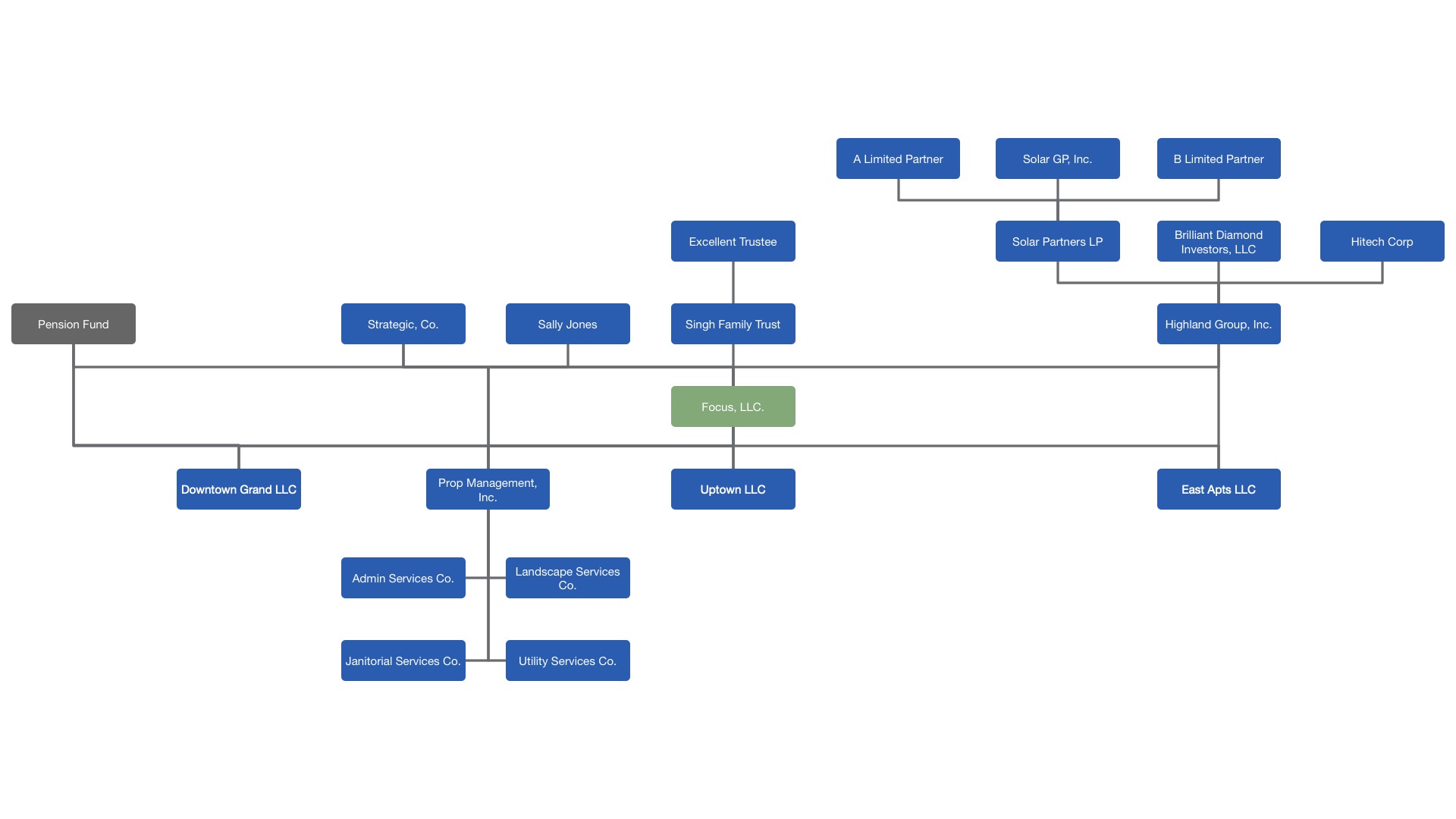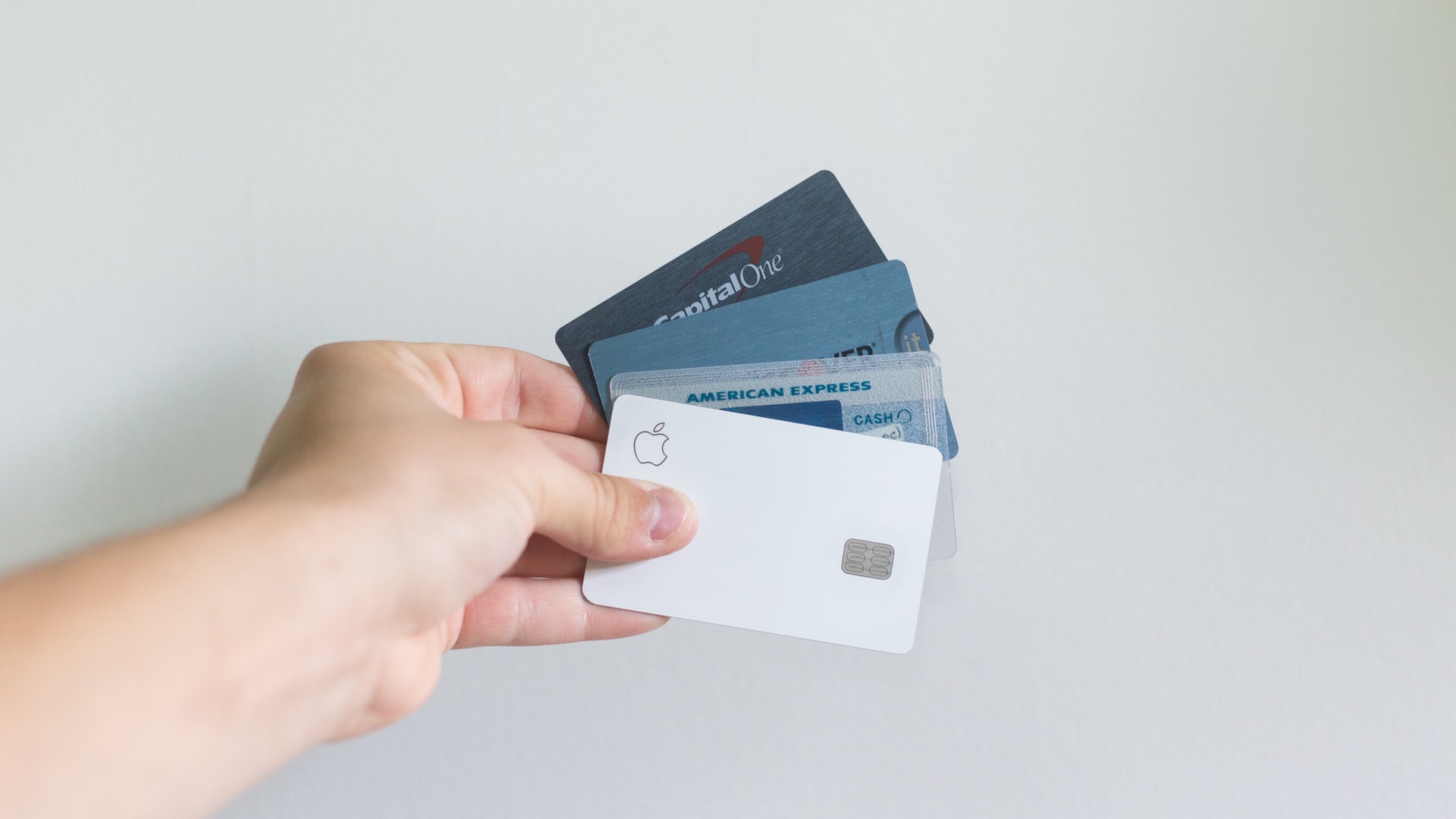

Finance
How To Set Up Fraud Protection On Chase
Published: February 19, 2024
Learn how to set up fraud protection on Chase to secure your finances. Follow these steps to protect your accounts and prevent unauthorized transactions.
(Many of the links in this article redirect to a specific reviewed product. Your purchase of these products through affiliate links helps to generate commission for LiveWell, at no extra cost. Learn more)
Table of Contents
Introduction
Understanding the Importance of Fraud Protection on Chase
Chase Bank, a leading financial institution, offers a wide array of financial services to millions of customers. With the convenience of online and mobile banking, Chase customers can easily manage their accounts, transfer funds, and make payments. While these digital conveniences have revolutionized the way we handle our finances, they also bring about potential security risks, particularly in the form of fraudulent activities.
As technology advances, so do the methods of cybercriminals. It’s increasingly crucial for Chase account holders to prioritize the security of their accounts. Understanding the various aspects of fraud protection and knowing how to set up effective safeguards is essential in safeguarding your financial well-being.
This comprehensive guide will walk you through the essential steps to set up fraud protection on your Chase accounts. From understanding the various fraud protection features offered by Chase to implementing secure authentication methods and monitoring account activity, we’ll cover everything you need to know to keep your finances secure.
By the end of this guide, you’ll be equipped with the knowledge and tools to fortify your Chase accounts against fraudulent activities, providing you with peace of mind as you manage your finances in today’s digital world.
Understanding Fraud Protection
When it comes to safeguarding your finances, understanding the concept of fraud protection is paramount. Fraud protection encompasses a range of measures designed to detect and prevent unauthorized or fraudulent activities on your Chase accounts. These measures are crucial in maintaining the integrity and security of your financial assets.
Chase provides several robust fraud protection features to help mitigate the risks associated with cyber threats and unauthorized account access. These include fraud alerts, secure authentication methods, and advanced monitoring systems. By leveraging these tools effectively, you can significantly reduce the likelihood of falling victim to fraudulent activities.
One of the key components of fraud protection is the implementation of proactive measures to identify and address potential security breaches before they escalate. This proactive approach empowers Chase customers to stay ahead of potential threats and take swift action to protect their accounts.
Furthermore, understanding the common tactics employed by fraudsters, such as phishing scams, identity theft, and unauthorized transactions, is essential in bolstering your defenses. By familiarizing yourself with these tactics, you can develop a heightened sense of vigilance and a proactive mindset when it comes to safeguarding your financial information.
Ultimately, comprehending the intricacies of fraud protection equips you with the knowledge and awareness needed to navigate the digital landscape securely. In the subsequent sections, we will delve into the specific steps you can take to set up and optimize fraud protection on your Chase accounts, ensuring a robust defense against potential threats.
Setting Up Fraud Alerts
Enabling fraud alerts is a proactive step in fortifying the security of your Chase accounts. These alerts serve as an early warning system, notifying you of potential fraudulent activities or suspicious transactions. By promptly receiving notifications regarding unusual account behavior, you can take immediate action to address any unauthorized access or fraudulent charges.
Chase offers a range of customizable fraud alert options, allowing you to tailor the notifications based on your preferences and risk tolerance. These alerts can be delivered via email, text message, or through the Chase mobile app, providing real-time updates on account activity.
To set up fraud alerts on your Chase accounts, follow these simple steps:
- Log in to your Chase online banking account or the Chase mobile app.
- Navigate to the “Settings” or “Security” section, where you can manage your account preferences.
- Select the option for “Alerts” or “Notifications,” then choose the specific types of fraud alerts you wish to activate.
- Customize the alert settings based on your preferred delivery method and the types of transactions you want to monitor closely.
- Verify and save your alert preferences to ensure that you receive timely notifications regarding suspicious account activity.
By enabling fraud alerts, you create an additional layer of security that enhances your ability to detect and respond to potential threats promptly. These proactive notifications empower you to stay informed and take swift action in the event of unauthorized access or suspicious transactions, thereby minimizing the impact of fraudulent activities on your accounts.
Next, we’ll explore the importance of using secure authentication methods to further bolster the security of your Chase accounts.
Using Secure Authentication Methods
Implementing secure authentication methods is fundamental in safeguarding your Chase accounts against unauthorized access and potential security breaches. Chase offers a range of robust authentication features designed to verify your identity and enhance the security of your online and mobile banking activities.
One of the primary authentication methods offered by Chase is two-factor authentication (2FA), also known as multi-factor authentication. This additional layer of security requires users to provide two forms of identification before accessing their accounts, typically combining something they know (such as a password) with something they have (such as a unique, one-time code sent to their mobile device).
To enable two-factor authentication on your Chase accounts, follow these steps:
- Log in to your Chase online banking account or the Chase mobile app.
- Navigate to the “Security” or “Profile & Settings” section to access the authentication settings.
- Locate the option for “Two-Factor Authentication” or “Multi-Factor Authentication” and follow the prompts to enable this feature.
- Choose your preferred methods for receiving authentication codes, such as text messages, email, or authenticator apps.
- Complete the setup process and verify your contact information to ensure seamless authentication for future logins.
By utilizing two-factor authentication, you add an extra layer of protection to your Chase accounts, making it significantly more challenging for unauthorized individuals to gain access, even if they have obtained your login credentials.
Additionally, Chase offers biometric authentication, such as fingerprint and facial recognition, on supported devices. These advanced authentication methods leverage unique biological traits to verify your identity, further enhancing the security of your account access.
By incorporating secure authentication methods into your Chase account settings, you bolster the overall security posture of your online and mobile banking activities, reducing the risk of unauthorized access and potential account compromise.
Next, we’ll delve into the importance of monitoring account activity and staying vigilant against potential threats.
Monitoring Account Activity
Regularly monitoring your account activity is a vital practice in maintaining the security and integrity of your Chase accounts. By staying vigilant and reviewing your transaction history and account details, you can swiftly identify any irregularities or unauthorized activities, enabling you to take immediate action to address potential security threats.
Chase provides convenient access to your account activity through online banking and the mobile app, allowing you to monitor transactions, track balances, and review account statements with ease. By regularly reviewing your account activity, you can promptly detect any unauthorized charges, unfamiliar transactions, or suspicious account access attempts.
Key practices for monitoring your account activity effectively include:
- Regularly reviewing your transaction history and account statements to identify any unauthorized or suspicious activities.
- Setting up account alerts for specific transaction types or account changes to receive real-time notifications of account activity.
- Immediately reporting any unauthorized or fraudulent transactions to Chase customer support for swift resolution and mitigation of potential financial impact.
Furthermore, staying informed about the latest security best practices and emerging fraud trends empowers you to remain proactive in safeguarding your accounts. By staying educated about common fraud tactics and security measures, you can enhance your ability to recognize and respond to potential threats effectively.
By maintaining a proactive stance in monitoring your account activity, you play a pivotal role in fortifying the security of your Chase accounts and mitigating the risks associated with unauthorized access and fraudulent activities.
Next, we’ll explore the essential steps for reporting suspicious activity and addressing potential security concerns with Chase.
Reporting Suspicious Activity
Should you encounter any suspicious or unauthorized activity on your Chase accounts, prompt reporting is crucial in mitigating potential risks and safeguarding your financial assets. By swiftly notifying Chase of any irregularities or unauthorized transactions, you can initiate the necessary steps to investigate and address the security concerns effectively.
If you notice any transactions or account activities that appear unauthorized or suspicious, take the following actions:
- Immediately log in to your Chase online banking account or the mobile app to review the questionable transactions in your account activity.
- If you identify unauthorized charges or unfamiliar account access, contact Chase customer support immediately to report the suspicious activity and request assistance in addressing the issue.
- Provide detailed information about the specific transactions or activities in question, including the transaction dates, amounts, and any relevant details that can aid in the investigation process.
- Follow any additional instructions provided by Chase customer support to secure your account and prevent further unauthorized activities.
Chase takes reports of suspicious activity seriously and has dedicated resources to investigate and address security concerns promptly. By reporting any potential security threats without delay, you contribute to the overall security posture of the Chase community and help prevent further unauthorized access or fraudulent activities.
Furthermore, staying informed about the latest fraud prevention best practices and maintaining open communication with Chase regarding any security-related inquiries can further enhance your ability to address and mitigate potential threats effectively.
By promptly reporting any suspicious activity and collaborating with Chase to address security concerns, you play an active role in fortifying the security of your accounts and contributing to a safer banking environment for all customers.
With a proactive approach to reporting and addressing potential security threats, you can navigate the digital banking landscape with confidence, knowing that you have the necessary tools and support to protect your financial well-being.
As we conclude this guide, you are now equipped with the essential knowledge and actionable steps to set up robust fraud protection on your Chase accounts, empowering you to navigate the digital banking landscape securely and with confidence.
Conclusion
Securing your financial assets in today’s digital age requires a proactive and informed approach to fraud protection. With the myriad of conveniences offered by online and mobile banking, it’s essential to implement robust measures to safeguard your Chase accounts against potential security threats and fraudulent activities.
By understanding the importance of fraud protection and familiarizing yourself with the various security features offered by Chase, you can take proactive steps to fortify the integrity of your accounts. From setting up fraud alerts and utilizing secure authentication methods to monitoring account activity and promptly reporting any suspicious incidents, you have the tools and knowledge to navigate the digital banking landscape securely.
Empowering yourself with the knowledge and resources to protect your financial well-being is a proactive investment in your financial security. By leveraging the fraud protection features and best practices outlined in this guide, you are better equipped to detect, prevent, and address potential security threats effectively.
As you continue to manage your finances through Chase, maintaining a vigilant approach to account security and staying informed about emerging fraud trends will further enhance your ability to safeguard your accounts and financial information.
Remember, your active participation in monitoring and securing your accounts contributes to a safer banking environment for all Chase customers. By prioritizing fraud protection and remaining proactive in addressing potential security concerns, you play an integral role in fortifying the overall security posture of the Chase community.
With the knowledge and actionable steps provided in this guide, you are well-prepared to navigate the digital banking landscape with confidence, knowing that you have the necessary tools and support to protect your financial well-being. By staying informed, proactive, and vigilant, you can enjoy the convenience of digital banking while mitigating the risks associated with potential security threats.
As you implement the fraud protection measures discussed in this guide, you are taking a proactive stance in safeguarding your financial future. With a combination of robust security features, proactive monitoring, and prompt reporting of any suspicious activities, you can navigate the digital banking landscape securely and with peace of mind.














